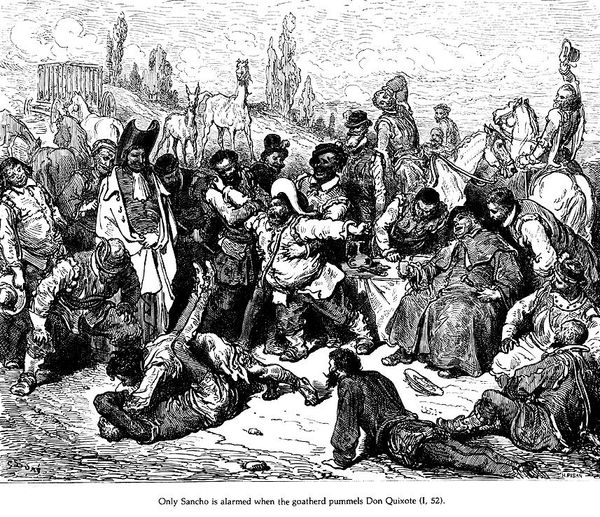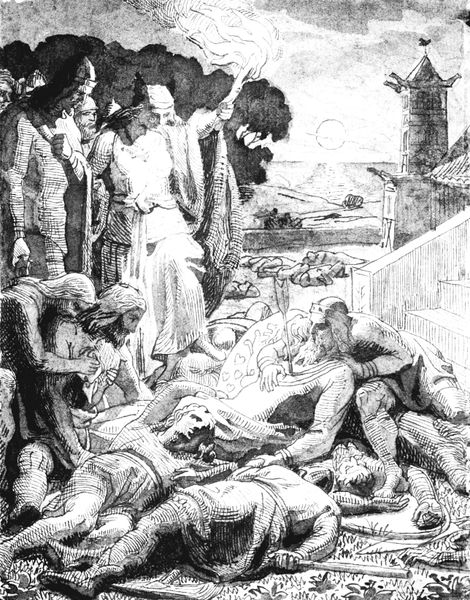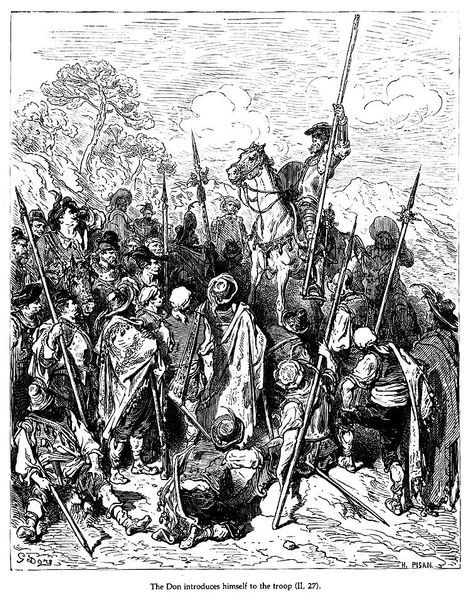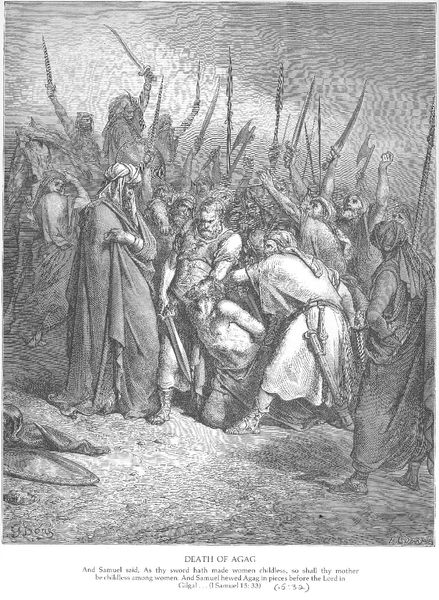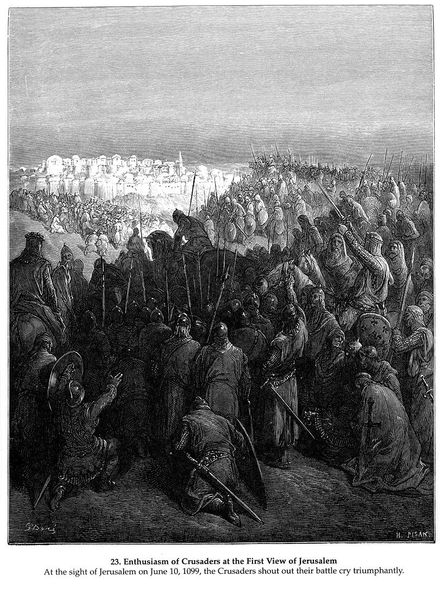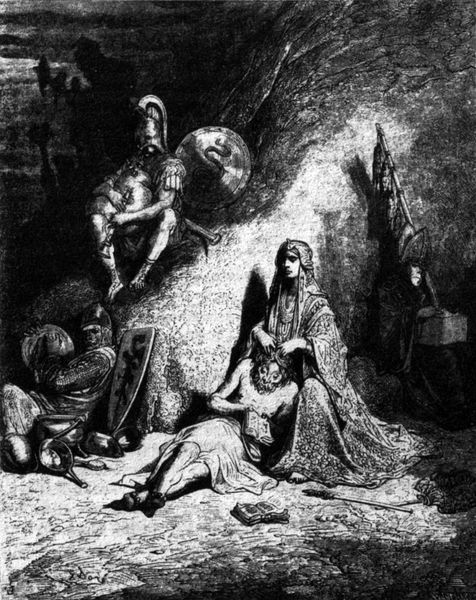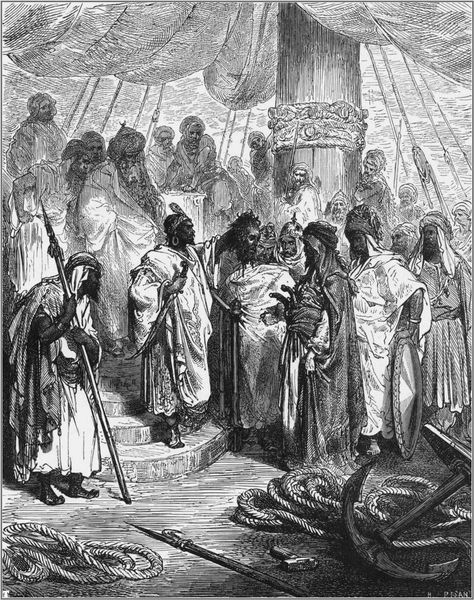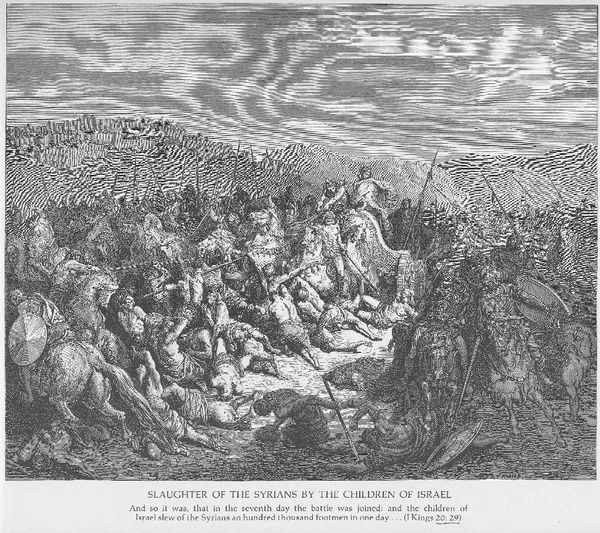
drawing, ink, charcoal, pastel
#
drawing
#
narrative-art
#
charcoal drawing
#
ink
#
black and white
#
genre-painting
#
charcoal
#
pastel
#
history-painting
#
academic-art
#
charcoal
#
graphite
Copyright: Public domain
James Tissot created "The Fire of Atonement" during the late 19th century, a period marked by both religious fervor and social upheaval. The image depicts a biblical scene of divine punishment, where the artist uses stark imagery to evoke themes of sin, judgment, and expiation, but we can also see this work as engaging with contemporary debates. France at this time was experiencing increasing secularization and the decline of religious authority. Tissot positions his art within this changing cultural landscape, aiming to restore faith through compelling depictions of biblical narratives. To gain a deeper understanding of this, we might consult historical records, theological texts, and art criticism from the period. Art offers a window into the beliefs, anxieties, and aspirations of a society in flux.
Comments
No comments
Be the first to comment and join the conversation on the ultimate creative platform.
